Pierre Lesieur, born May 21, 1922 in Paris and died in the same city on September 28, 20111,2,3, is a French painter. Biography His father died in 1930, and Pierre Lesieur grew up in the middle of the big business bourgeoisie. From childhood, at the age of twelve, he drew and painted every week with his maternal grandmother, as well as during his holidays in Beg Meil, in Brittany. At the end of his secondary studies, his mother approved his desire to devote himself to painting and, in October 1940, he entered the Beaux-Arts in Paris, which he left after a few weeks. He took classes with André Lhote for a while then attended a free workshop in Montparnasse and, for three years, the Montmartre academy, boulevard de Clichy. Pierre Lesieur presented his first exhibition in Paris in 1952. Baron Mollet, to whom he offered lasting hospitality (for thirty years, writes Claude Roy), introduced him to the director of the new Coard gallery who would regularly exhibit his paintings. In 1958, he made a long trip to the Far East with his wife, the actress Michelle Marquais, which would have a great impact on his work. The same year, he received the critics' prize, which launched his international career. Working between Paris and Saint-Rémy-de-Provence, he subsequently produced around thirty personal exhibitions in France or abroad (Tokyo, New York or London). Prize * 1958: Critics' Prize [ref. necessary] Work Initially very colorful in the tradition of Matisse and Bonnard, Pierre Lesieur's painting developed throughout the 1950s in very refined surfaces which touched, around 1960, on non-figuration, then returned to an allusive figuration . From the 1970s, he produced, often in very large formats, numerous portraits of his wife4, but also nudes, standing or lying down. Around these figures, the universe of Lesieur's “Interiors” is characterized by the luminous presence of everyday objects, sofas and cushions (on which the cat Utopia rests), chairs, armchairs and pedestal tables, display cases and bookcases, bottles, jugs or carafes, glasses, plates, fruit bowls or teapots, lamps and mirrors. Many paintings address the related themes of “Windows open to the night” and “Canvases in the studio”. More rarely a landscaper, Lesieur also painted, in the transposed memory of his travels, the houses of Yemen, the architecture of Istanbul, the buildings of New York, the walls of Tabriz or the facades of Jaipur. Comment “White is made of all colors. Pierre Lesieur's art is to bring them all out. » — Jean Lescure5 Exhibitions This section is empty, insufficiently detailed or incomplete. Your help is welcome ! How to do ? 1965: Picasso Museum in Antibes 1991: Van-Gogh presence art center, Saint-Rémy-de-Provence 1994: Château de Chenonceau 2002: Traveling exhibition in Japan 2015: “Windows and openings”, Museum of the Abbey of Saint-Claude6 (June 20 - October 18) Museums National Museum of Modern Art, Paris Grenoble Museum Abbey Museum7 of Saint-Claude, Jura National Museum of History and Art of Luxembourg, Luxembourg University of Kansas, Art Museum Lawrence, Kansas Nelson-Atkins Museum of Art, Kansas City, Missouri Brooklyn Museum, New York Metropolitan Museum of Art, New York Hiroshima Museum, Japan Kasama Nichido Museum of Art, Japan Sakata, Japan Matsuzakaya, Japan


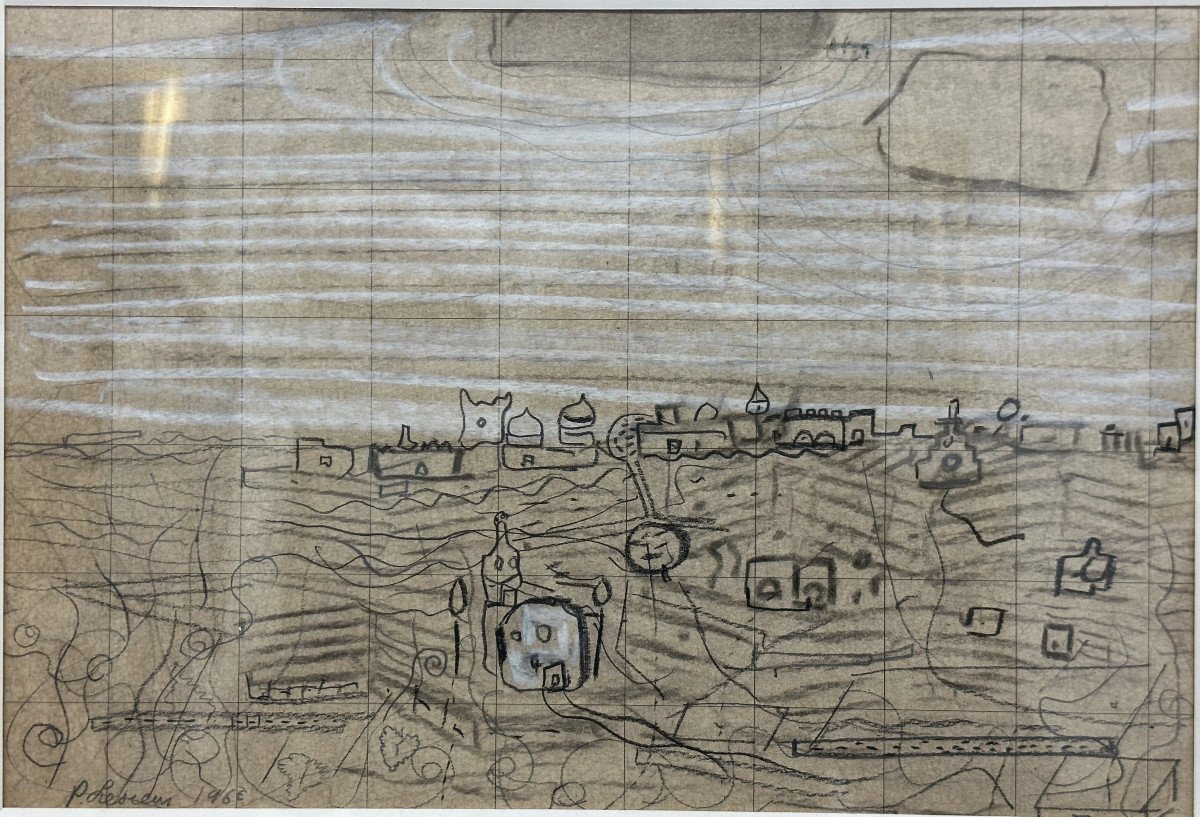
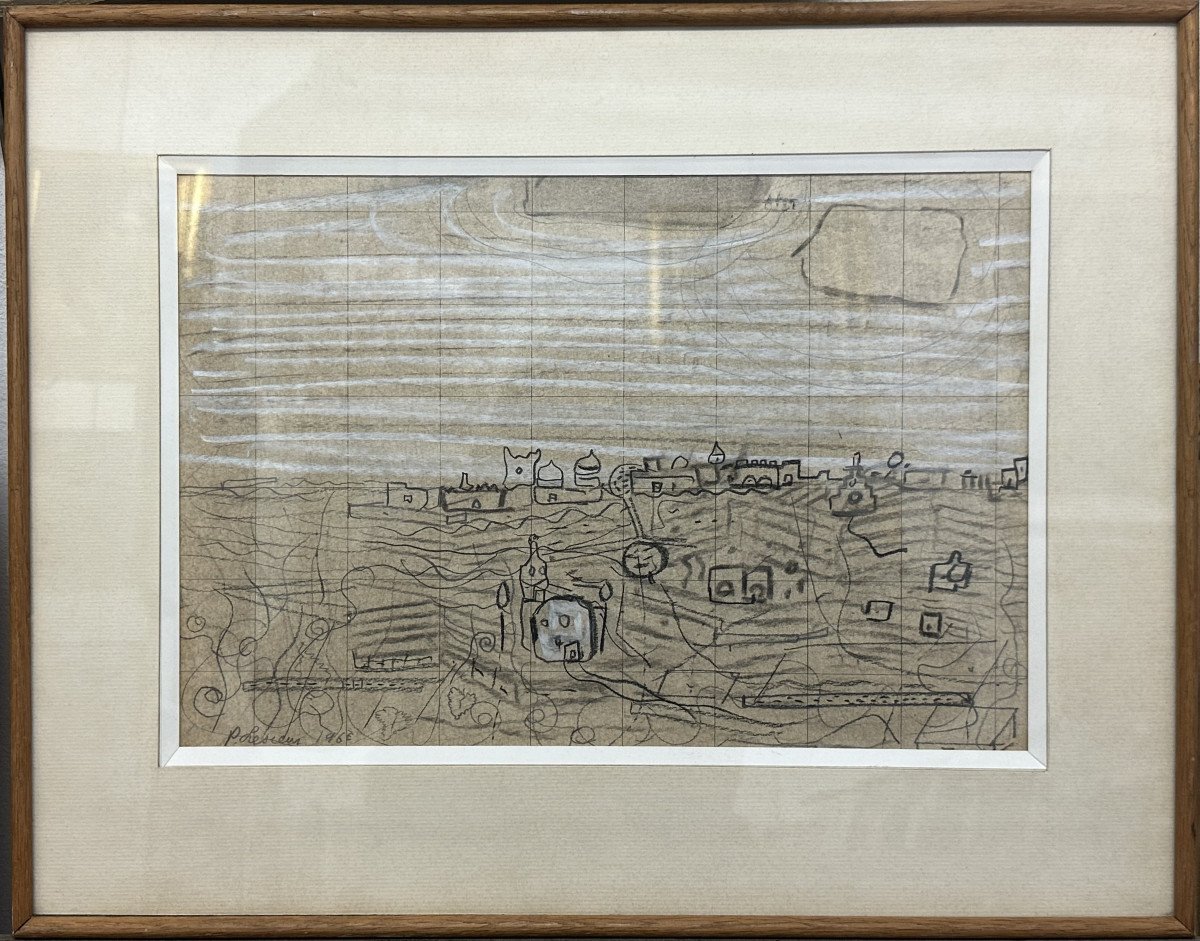









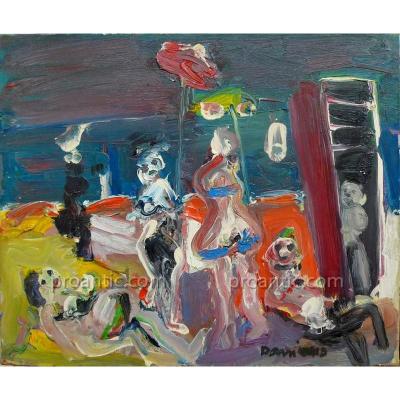

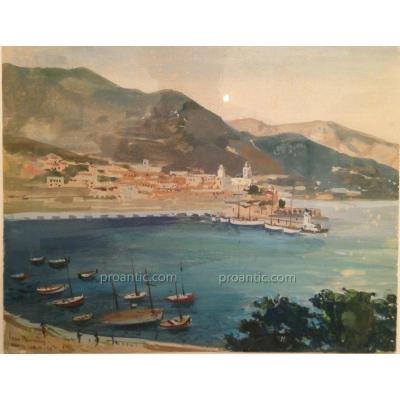
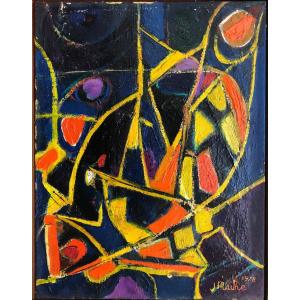



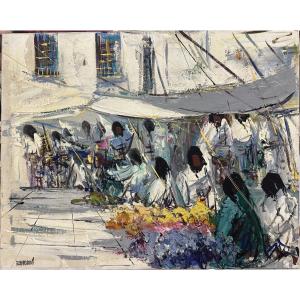
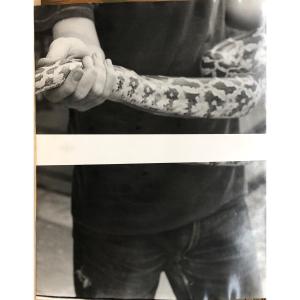
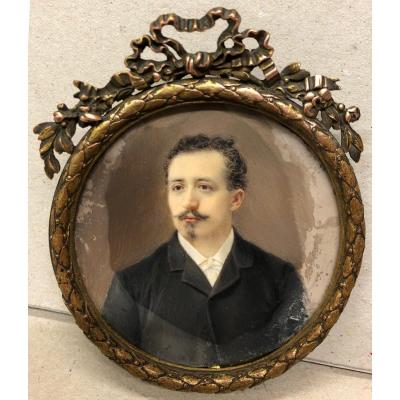

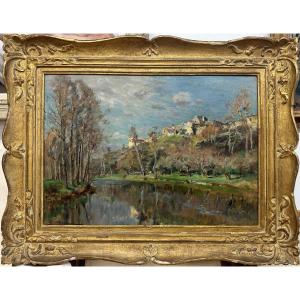


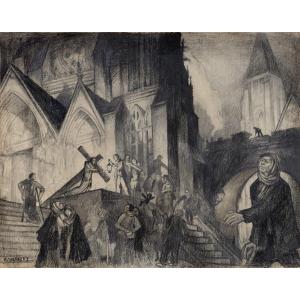





 Le Magazine de PROANTIC
Le Magazine de PROANTIC TRÉSORS Magazine
TRÉSORS Magazine Rivista Artiquariato
Rivista Artiquariato